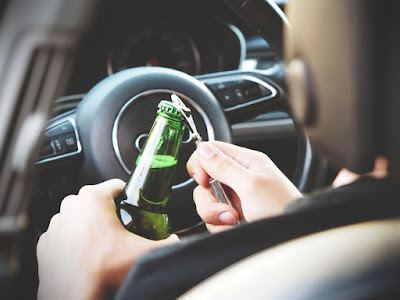
Spirit Halloween is the largest seasonal Halloween retailer in the country, but its work goes beyond helping shoppers ring in and celebrate the spookiest season of the year. Spirit of Children, the company's charity program, has raised over $37 million for 140 Child Life Departments at various hospitals over the past decade. Spirit's...




















